The oldest pubs in the UK on Eat Drink Meet
As putting your feet up at the local with a cold tipple and a good friend is one of the UK’s favourite pastimes, it's hardly surprising to hear that there are over 26,000 pubs registered across Great Britain – but did you know that the history of the British tavern or alehouse can be traced all the way back to Roman Britain almost 2000 years ago?
The ‘tabernae’ as they were once known – tavern as we know them today – began to pop up along the network of Roman roads, serving as a stopping point for those in search of food, a place to stay, and a pint of ale – usually brewed by the publican themselves. Later, the Anglo-Saxons established ‘alehouses’ which became meeting places and an establishment for people to gather and socialise.
The emergence of the ’public house’ as we now know it didn’t arrive until the early 19th century when pubs were purpose-built, rather than developing naturally out of a private house that began serving drinks. Existing ‘pubs’ were refurbished, and ornate bars were added to help the owner stand out amongst the competition.
Some of these original pubs still exist today, almost 1000 years old and recognisable by their old fireplaces, wooden beams, flagstone floors and beautiful brass touches.
There’s no consensus to help us define which is the oldest pub in England, but there is substantial evidence to show that Ye Olde Fighting Cocks in St. Albans may take the title for the “oldest pub in the UK,” or at least in England.
The Seven Stars in Holborn, however, is widely recognised as the oldest pub in London – built in 1602 it is one of few buildings that survived the Great Fire of London in 1666.
Below you’ll find a few of our favourite oldies in the Eat Drink Meet collection that make a great day out if you’re interested in the rich history of Britain’s love for the local pub.
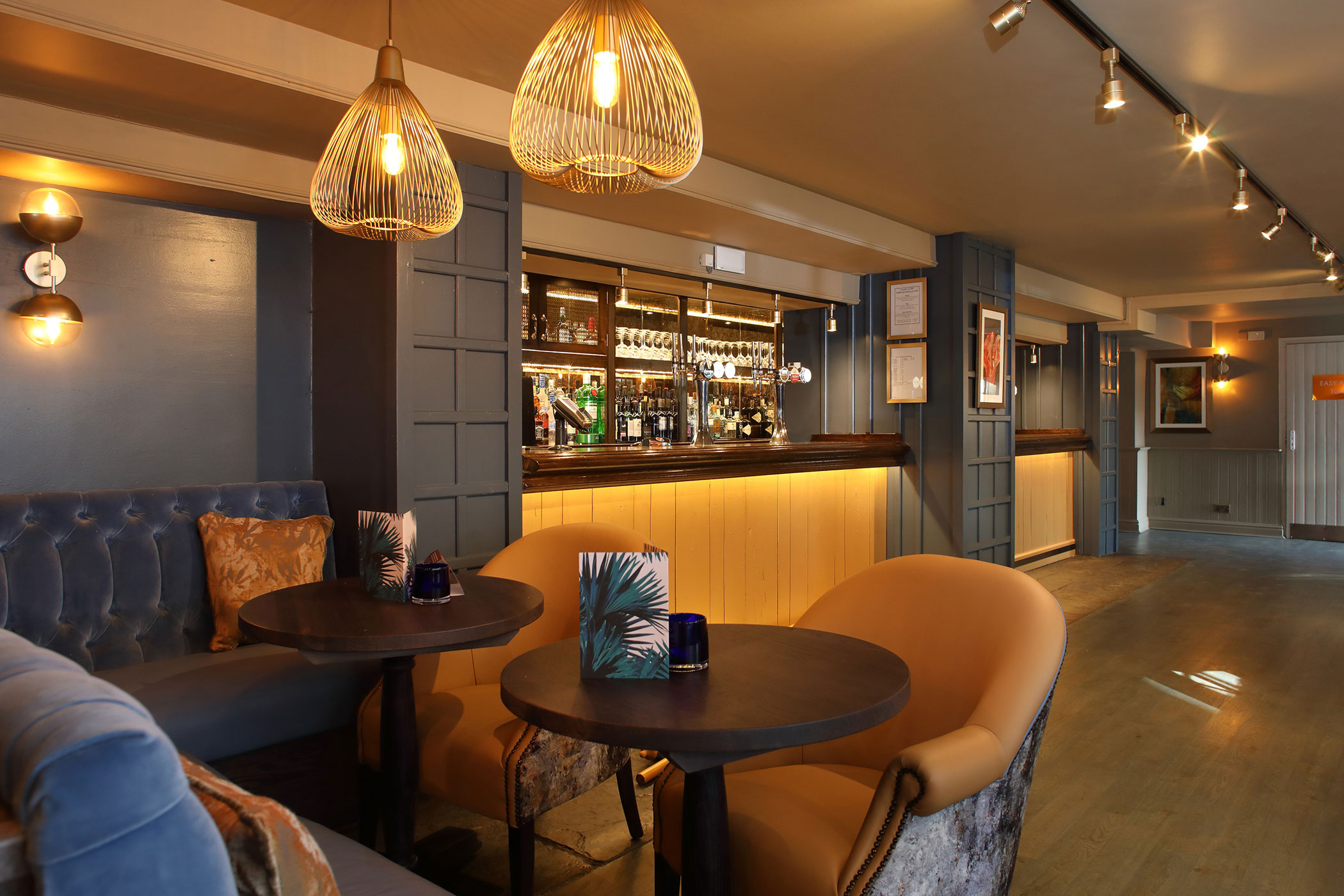
The Hole in the Wall, Bristol
Sitting on the harbour in the centre of Bristol, this pub was built in approximately 1746 and became popular with sailors, even being used by the Navy press gangs for recruitment – forcing drunk patrons to enlist in the Navy before they sobered up.
The following facts make this pub even more interesting...
1. It’s rumoured that Long John Silver – the character from Robert Louis Stevenson’s ‘Treasure Island’ – was based on a landlord from The Hole in the Wall.
2. The name comes from a spy hole in the side of the building which was used to keep lookout for press gangs and customs officials. If they were sighted, drinkers could hide in the cellar until the coast was clear!
In modern times, you can still enjoy a long pint of cask ale at The Hole in the Wall, alongside their seasonal food menu and extensive drinks selection. Spend an afternoon in the beautiful garden while letting your imagination wander to the 18th-century shenanigans that took place in this ancient pub.
The Cowper Arms, Cole Green
The Cowper Arms has a varied backstory that starts in 1776 when it first appeared on local records. The pub was originally used as a den for bull-baiting until it was banned in the early 19th century.
Later it became a railway hotel and was known as The Railway Tavern – the landlord at the time even made bricks to help build the original railway line.
Since the railway line closed in the 1960s, The Cowper Arms has become a traditional country pub with a stylish interior and dog-friendly beer garden. It sits at the centre of some beautiful rambling routes which makes it perfect for a post-walk meal.
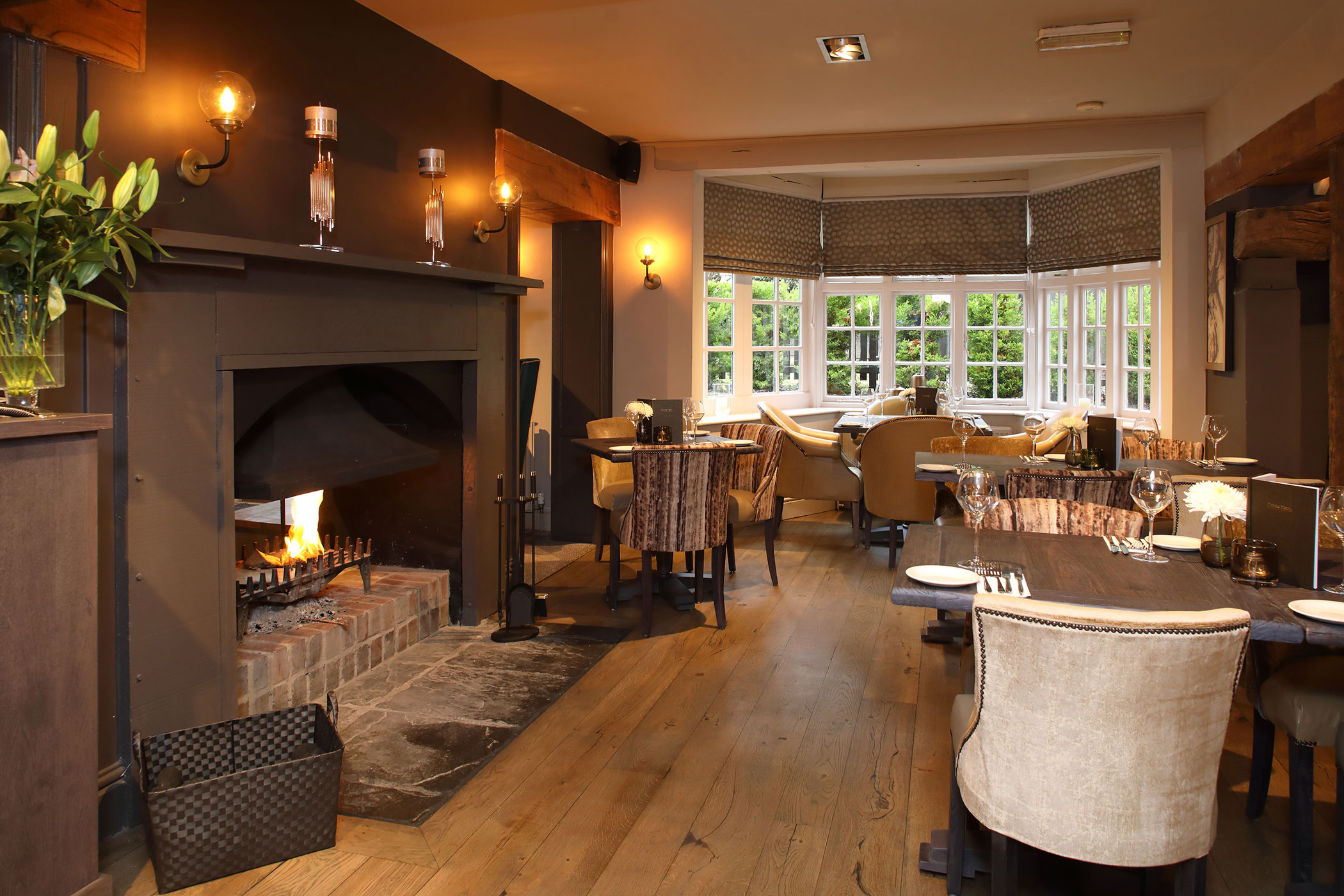
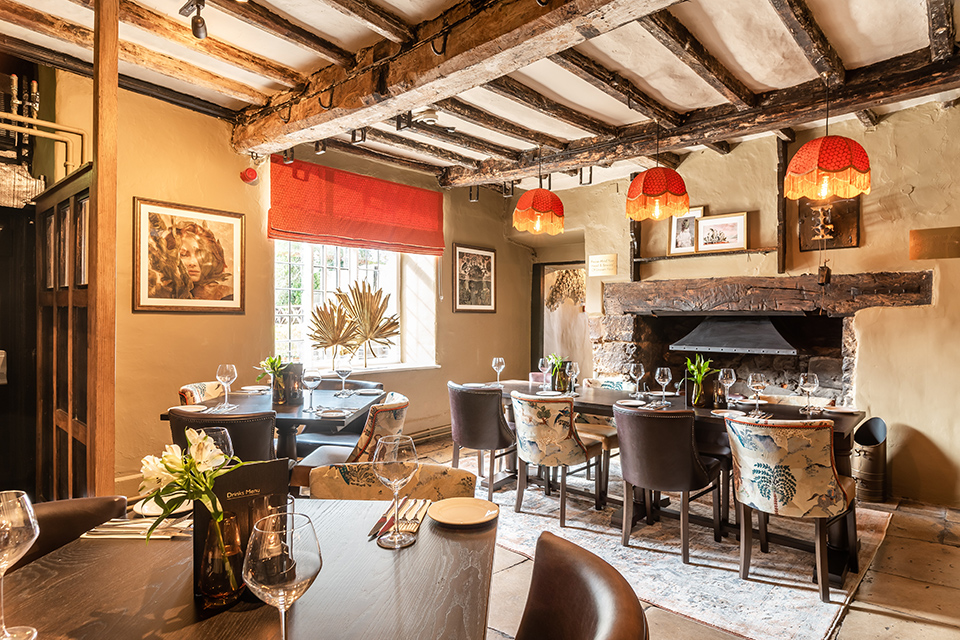
The Trout, Oxford
This Grade II listed building is certainly something special! It has 17th-century origins and sits on the banks of the River Thames in the village of Lower Wolvercote.
Historians have suggested the building dates all the way back to circa 1133, serving as a hospice to Godstow Nunnery on the other side of the riverbank. The nunnery is steeped in drama, where the murdered Rosamund the Fair (mistress to Henry II) was buried.
Since becoming a pub, The Trout has served as inspiration for its many visitors. It is mentioned in Evelyn Waugh’s novel ‘Brideshead Revisited’ as well as appearing in Colin Dexter’s detective series ‘Inspector Morse’ on multiple occasions. As if that weren’t enough, it’s also quoted as one of C.S Lewis’ favourite haunts.
Today, The Trout is as lovely as ever. The garden boasts wonderful views over the river while the interior mixes traditional elements with modern design, and don’t even get us started on the menu, featuring everything from fresh, seasonal light bites through to hearty dinners and a children’s menu for the little ones.
The Fox, Menston
The oldest pub in the village of Menston, The Fox, it seems, has always been a warm and welcoming pub. We know it existed 200 years ago, but images taken around the turn of the 20th century show a sign on the wall reading ‘Headquarters of Everybody’.
Back then, it was called ‘The Fox & Hound’ and the picture shows plenty of horses and carts parked outside, indicating that it was a popular meeting point even in those days.
Today it’s still a favourite with the locals and visitors with a pretty view over Menston Cricket Ground and a delicious array of traditional British pub food with a Mediterranean twist.
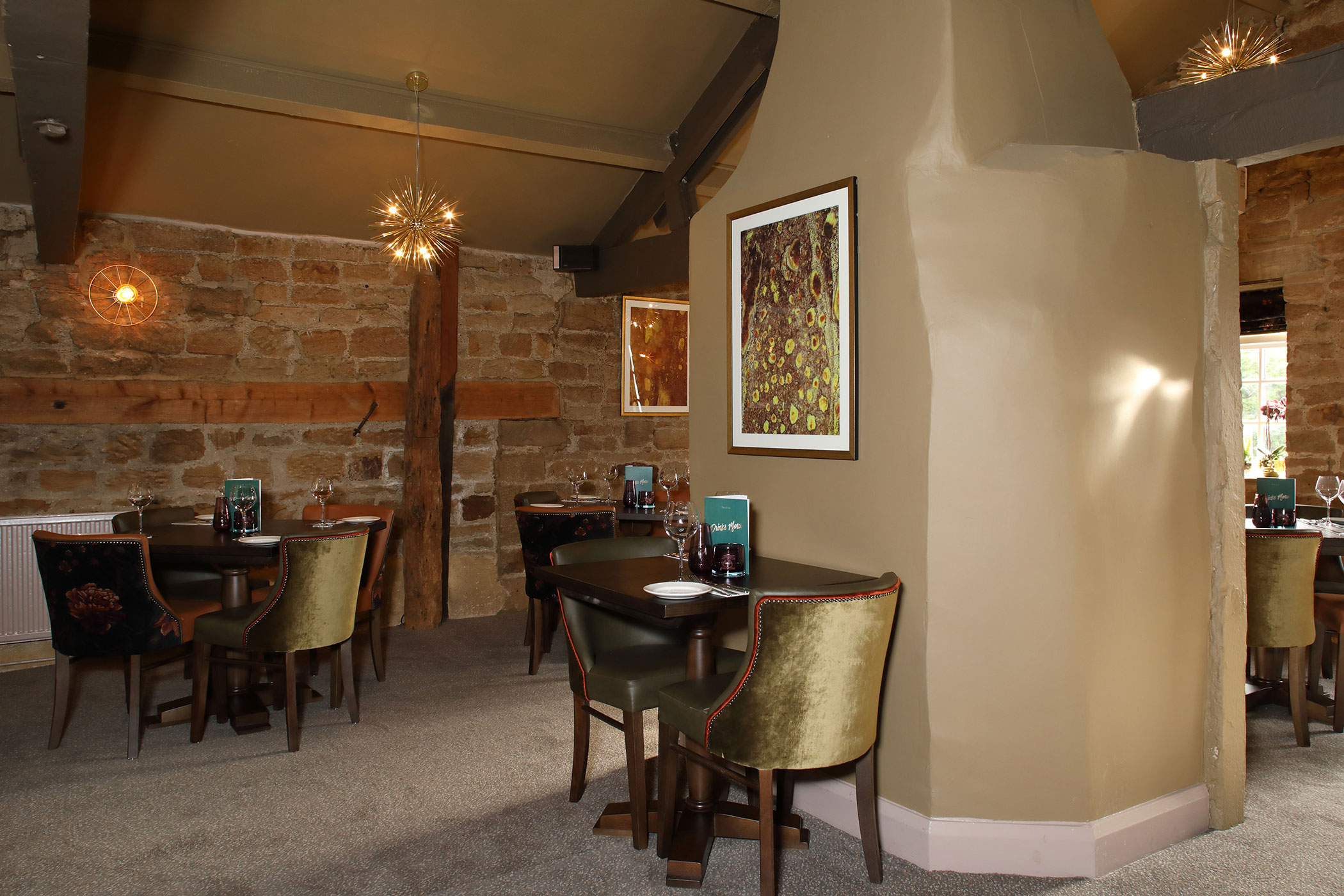
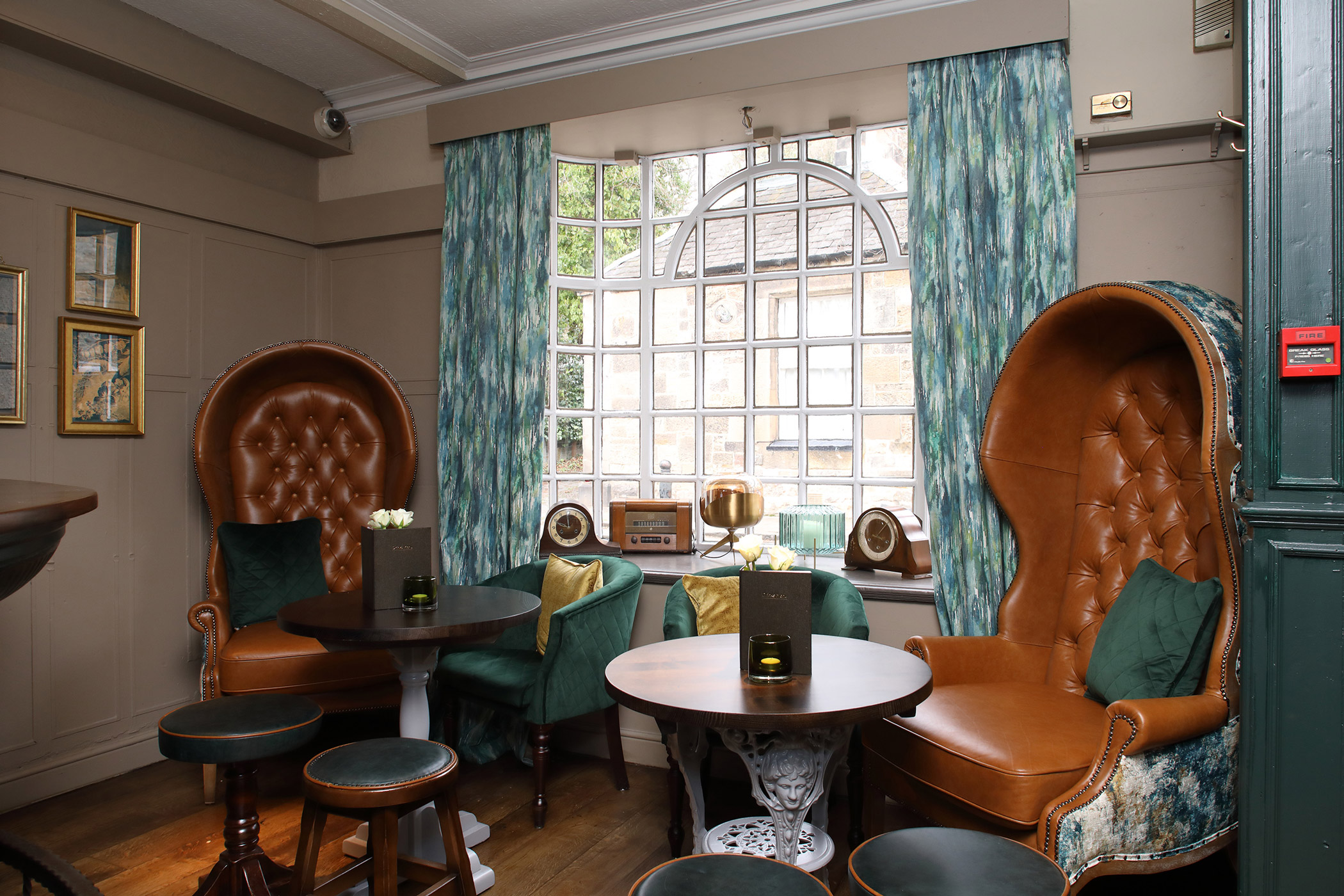
The Sheep Heid Inn, Edinburgh
The Sheep Heid Inn in the heart of Edinburgh is one of Scotland’s oldest surviving pubs – some say the oldest pub in the UK, although there’s clearly some competition with Ye Olde Fighting Cocks in St. Albans, as we mentioned in the introduction.
Dating all the way back to 1360, The Sheep Heid Inn remains a truly traditional pub with many traditional features still intact. Sheep were reared in the nearby area of Holyrood and brought to the village of Duddingston for slaughter. It’s rumoured that the name is a nod to the tasty dishes that the locals learned to make from the leftover sheep’s head.
Famous visitors to the pub include the aforementioned Scottish writer, Robert Louis Stevenson (clearly he loved a pint of ale), poet Robert Burns, and Bonnie Prince Charlie who stayed in Duddingston for a month with his army before the Battle of Prestonpans.
Thankfully sheep’s head isn’t on the menu now at The Sheep Heid Inn, but you will find delicious British pub food and character in every corner.
Find a historic British pub near you...
Wow, can you believe these pubs have been hiding so much history? Even with this small list of the 5 oldest pubs in the UK you’ll be taken all across the country, from Oxford to Edinburgh.
If you’d like to see more of our stunning selection of historic – and even modern – pubs, simply browse by location and you’ll find plenty of other gems in bustling cities and charming villages, each sure to provide a memorable visit!

